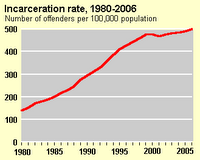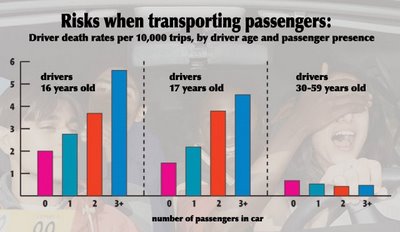 in gideon v. wainright (1963), the u.s. supreme court ruled that state courts are required under the constitution’s sixth amendment to provide counsel for criminal defendants who can’t afford their own attorneys. the decision greatly expanded public defender offices to provide for such defense.
in gideon v. wainright (1963), the u.s. supreme court ruled that state courts are required under the constitution’s sixth amendment to provide counsel for criminal defendants who can’t afford their own attorneys. the decision greatly expanded public defender offices to provide for such defense.
now abc news is reporting that the severe budget problems faced by these offices may be compromising their ability to provide adequate counsel:
Statewide public defenders in Kentucky and Minnesota and local offices in cities such as Atlanta and Miami say budget cuts are forcing them to fire or furlough trial lawyers, leaving the offices unable to handle misdemeanor and, in some instances, serious felony cases.
The cuts leave states scrambling to find a solution to a constitutional dilemma: The Sixth Amendment requires the government to either provide poor defendants with lawyers or release them.
in the jurisdictions i know best, they’ve trimmed away every ounce of fat in the budgets over the past five years. so today they are cutting muscle and bone — paralegals, investigative staff, administrative support, and, finally, the attorneys themselves. for a strapped mayor or city council, it can be easier to cut the defender’s office than to trim the DA’s budget or that of the police. that’s why it could take some major wrongful conviction lawsuits — or another clarence earl gideon — to preserve the right to counsel for indigent defendants.









